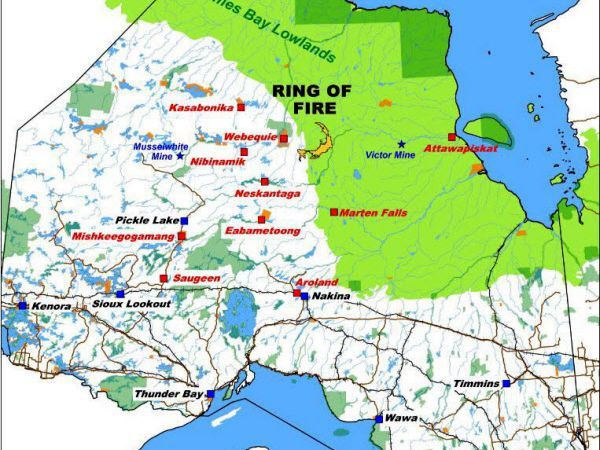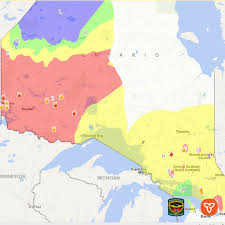Exploring the Ring of Fire: Ontario’s Mineral Riches

Introduction: The Importance of the Ring of Fire
The Ring of Fire, located in the James Bay region of northern Ontario, is a crucial area for mineral exploration and economic development. This geological formation is not only rich in minerals like nickel, copper, zinc, and chromite but also holds significant implications for Indigenous communities and the province’s economy. With growing global demand for these resources, the potential development of the Ring of Fire has become a focal point in discussions regarding resource extraction, environmental impacts, and community benefits.
Current Developments in the Ring of Fire
Since the discovery of minerals within the Ring of Fire, various mining companies have expressed interest in the area. Notable companies such as Noront Resources and KWG Resources are actively engaged in exploration and development projects. In November 2023, Noront Resources made headlines by announcing significant assays from their drilling projects, further solidifying the area’s potential. Ontario’s government has also committed to investing in infrastructure, such as roads and transportation networks, to facilitate mining operations, which is crucial for connecting remote mining sites to markets.
However, the development of the Ring of Fire is not without its challenges. Environmental concerns have been raised by Indigenous communities and environmental advocates regarding the impact of mining on local ecosystems and traditional lands. Collaborative efforts are underway to address these concerns, aiming to create a balanced approach that considers both economic benefits and environmental stewardship. In October 2023, the Province of Ontario announced it would hold discussions with Indigenous leaders to ensure their voices and rights are integrated into the planning and development processes.
Indigenous Rights and Economic Impact
The involvement of Indigenous communities in the Ring of Fire’s development is paramount, as these communities have inherent rights over their traditional territories. Companies operating in the area are increasingly focusing on building meaningful partnerships with Indigenous groups, ensuring that they are included in decision-making processes and receive benefits from the development of resources on their lands.
Economically, the Ring of Fire is poised to generate thousands of jobs and stimulate local economies through mining activities. According to recent projections, the full-scale development of mineral resources could reach a market value of over $60 billion, thus contributing significantly to Ontario’s GDP. This transformation presents a unique opportunity for communities in northern Ontario to redefine their economic landscape.
Conclusion: The Future of the Ring of Fire
As discussions continue regarding the development of the Ring of Fire, stakeholders must navigate the intersection of economic opportunity and environmental responsibility. The outcomes of these developments hold significant implications not only for Ontario’ economy but also for the lives and rights of Indigenous communities involved. With careful planning and ongoing dialogue, the Ring of Fire has the potential to become a model for sustainable resource development in Canada, paving the way for a future where both people and the planet can thrive.









